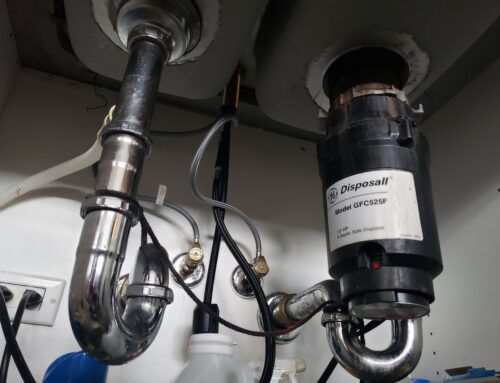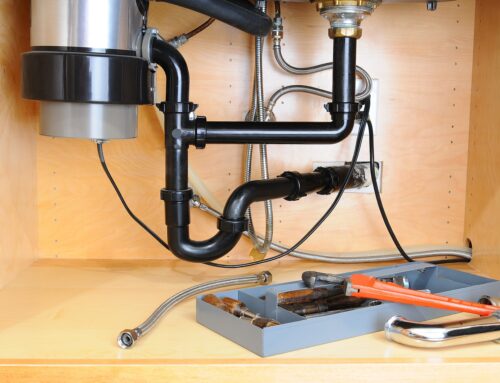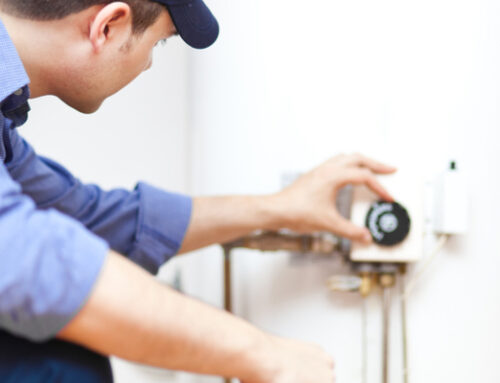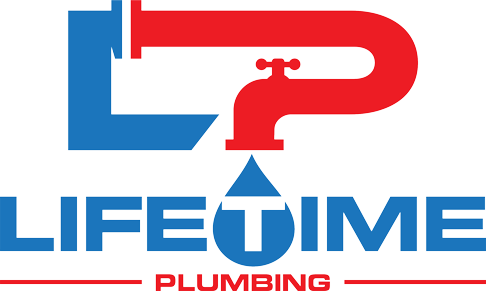Table of Contents
How to Find a Water Leak Inside a Wall
Water leaks within your home’s walls can be elusive, causing damage that often goes unnoticed until it becomes a major problem. Finding and addressing water leaks promptly is crucial to prevent structural damage, mold growth, and high water bills. In this guide, Lifetime Plumbing will walk you through the steps on how to find a water leak inside a wall.
Signs of a Water Leak inside a wall
Visible Water Stains
Inspect your walls for discoloration or water stains. These are often indicative of a leak behind the wall.
Musty Odors
Mold and mildew can thrive in damp areas, producing musty odors. If you notice an unpleasant smell, it could be a sign of hidden water damage.
Peeling or Bubbling Paint
Moisture can cause paint to peel or bubble. Examine your walls for these signs, especially in areas close to water fixtures.
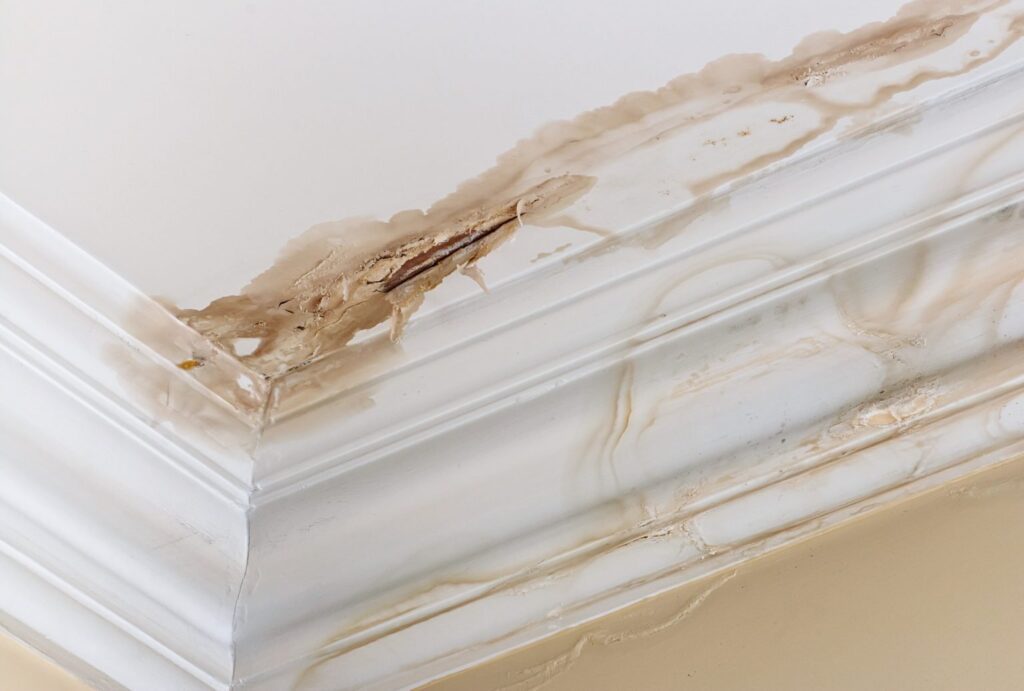
Step-by-Step Guide to Find Water Leaks inside a Wall
1. Turn Off Water Sources
Before beginning your investigation, it’s crucial to eliminate potential interference from active water sources. Turn off all water-related appliances, including faucets, dishwashers, washing machines, and irrigation systems. This step helps in isolating the issue and ensures that any changes observed during the investigation are directly related to potential leaks rather than ongoing water usage.
2. Use a Moisture Meter
Investing in a moisture meter is a practical step in detecting hidden water within walls. These handheld devices measure the moisture content of various surfaces. Run the moisture meter along the walls, focusing on areas suspected of leaks or places where visual signs of water damage are present. Note any significant increases in moisture levels, as these can indicate the presence of hidden leaks.
3. Check for Warm Spots
Infrared thermography is a non-invasive technique that detects temperature differences. Use an infrared camera to scan your walls for warm spots. Water leaks often result in temperature variations due to the cooling effect of water evaporation. Identify any unusual temperature patterns, especially in areas where leaks are suspected, to narrow down potential locations.
4. Inspect Water Fixtures
Leaks around water fixtures like faucets and showerheads are common culprits for wall water damage. Inspect these fixtures for visible leaks, drips, or signs of water accumulation. Tighten loose connections and replace worn-out seals to address minor issues before they escalate into major leaks.
5. Monitor Water Meter:
For a more direct indication of water leaks, find your water meter and check it. Turn off all water sources and monitor the meter for any movement. If the meter continues to register water usage despite everything being turned off, it suggests a potential leak within the plumbing system. This method helps determine whether the issue is localized to a specific area or involves the entire plumbing network.
6. Examine Exterior Walls
Water leaks can originate from external sources, such as damaged siding, cracks, or gaps in the exterior walls. Inspect the outside of your home for any visible issues that might allow water to penetrate. Addressing these external vulnerabilities is essential to preventing water from entering your walls and causing damage.
7. Listen for Water Sounds
In a quiet environment, listen for the sound of running water. Leaks can sometimes produce subtle noises that may lead you to the general area of the issue. Pay attention to areas where the sound is more pronounced, as this can help narrow down the search for the source of the leak.
By following these comprehensive steps, you can systematically approach the task of finding water leaks inside your walls. Remember that persistence and attention to detail are key when dealing with hidden plumbing issues. If uncertainty persists or if you encounter difficulties, seeking professional plumbing services, such as that offered by Lifetime Plumbing, can provide accurate and efficient solutions.
When to Call a Professional
If you’re unable to locate the leak or if you’re uncomfortable with the investigation process, it’s wise to enlist the expertise of a professional plumber. Lifetime Plumbing offers specialized leak detection services using advanced equipment, ensuring accurate and efficient results.
Prevention Tips
Regular Inspections
Schedule routine inspections of your plumbing system to catch potential leaks early.
Maintain Proper Drainage
Ensure proper drainage around your home’s foundation to prevent water from seeping into the walls.
Upgrade Old Plumbing
Consider upgrading old or deteriorating pipes to prevent future leaks.
Install Leak Detection Devices
Invest in smart leak detection devices that can alert you to potential issues before they become major problems.
Conclusion
Finding water leaks inside a wall requires patience and diligence. By following the steps outlined in this guide, you can increase your chances of identifying and addressing leaks early, ultimately saving you time, money, and potential headaches. Remember, if in doubt, don’t hesitate to contact the professionals at Lifetime Plumbing for expert assistance in leak detection and plumbing solutions.

